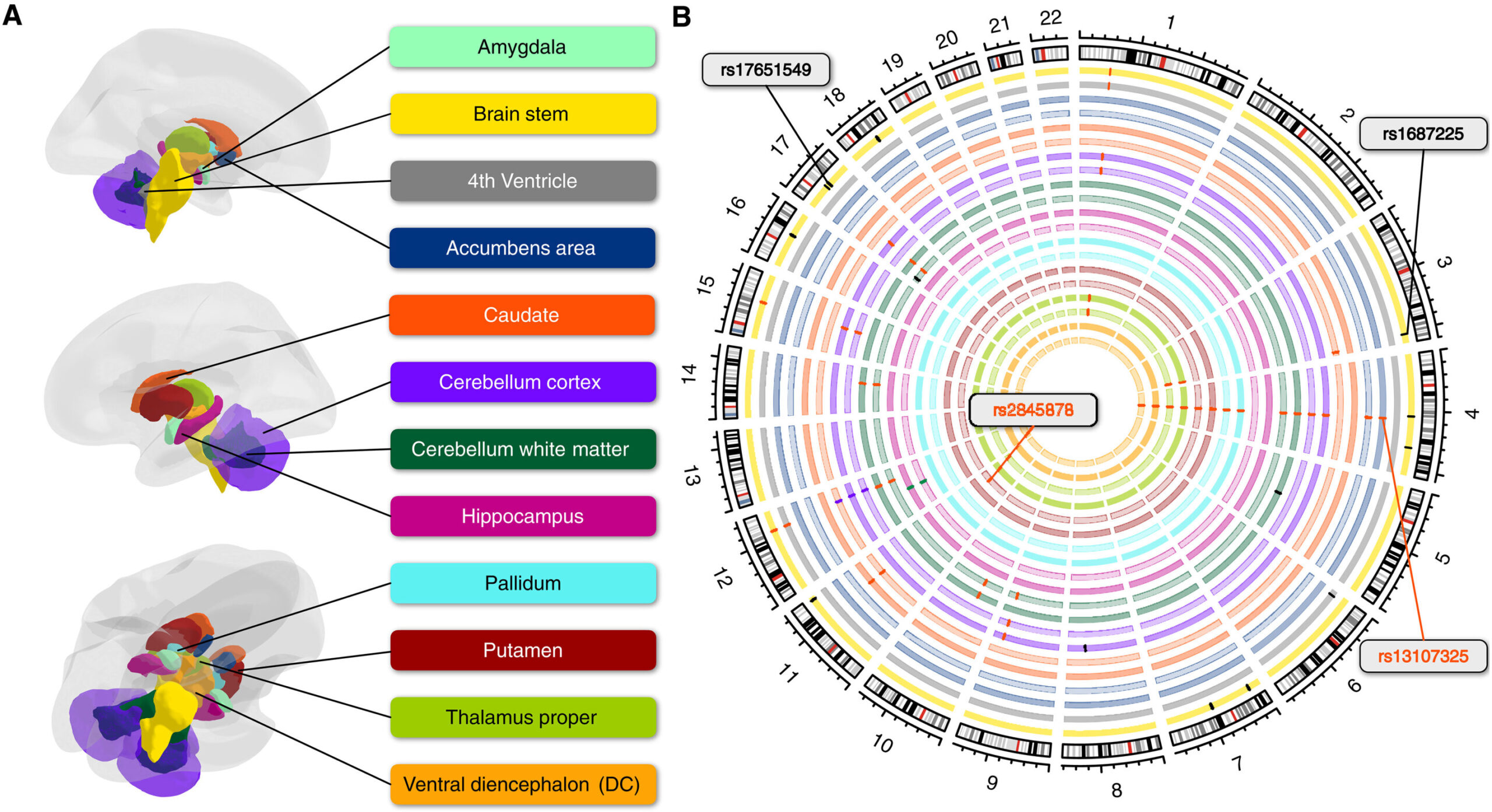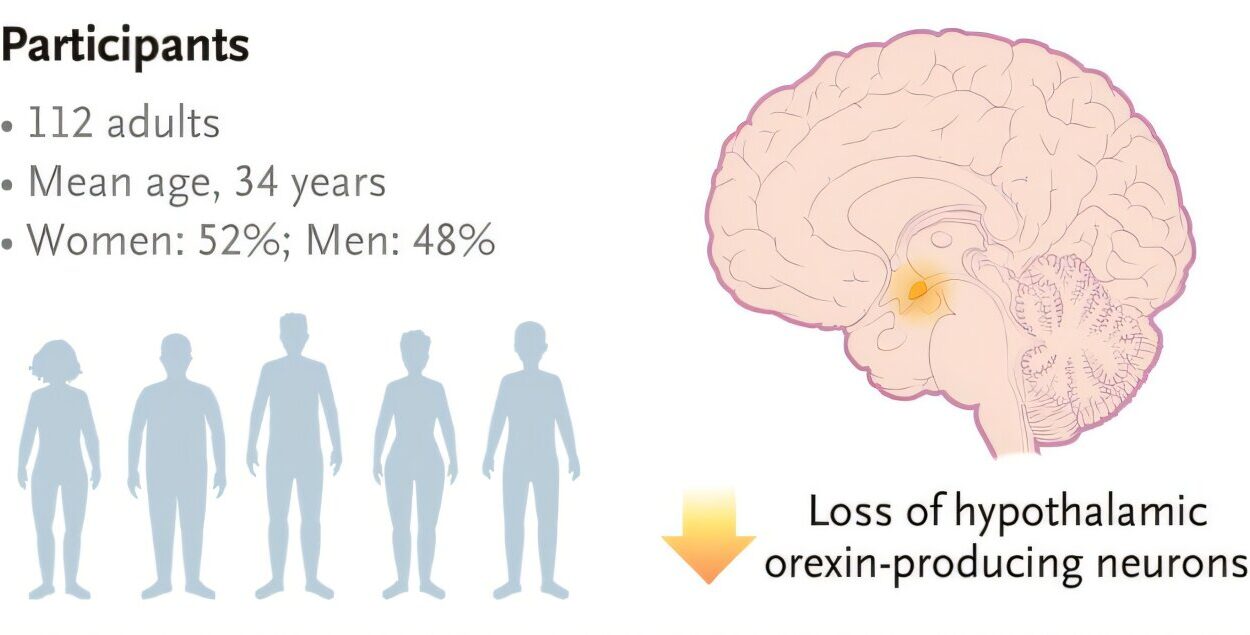What makes a brain a brain? For decades, scientists studying the human mind have zeroed in on size—measuring volume, comparing surface areas, and mapping neural highways in search of clues to how we think, feel, and falter. But a groundbreaking new study suggests we’ve been missing something vital all along: shape.
In a sweeping genetic analysis of nearly 20,000 people, an international team of researchers has uncovered how our DNA doesn’t just influence how big or small parts of the brain are—it also dictates their shape in intricate, previously overlooked ways. And these subtle structural details, researchers say, could hold vital clues to the earliest stirrings of mental illness and neurological disease.
The findings, published in Science Advances, mark a bold leap forward in neuroscience. Led by scientists from Forschungszentrum Jülich, Heinrich Heine University Düsseldorf, and Helmholtz Munich, the study goes far beyond what traditional brain scans could reveal, opening the door to new frontiers in early diagnosis and personalized medicine.
Beyond Size: A New Dimension in Brain Research
“Previous studies on brain morphology focused on parameters such as volume and surface area,” explained Kaustubh Patil, a lead neuroscientist from the Jülich Institute of Neuroscience and Medicine. “However, these parameters do not capture the complex geometric properties of brain structures.”
In other words, while we’ve long known how big parts of the brain are, we’ve paid far less attention to how they’re shaped. Yet, as any sculptor knows, shape carries meaning. Subtle curves, indentations, and contours of the brain may influence—or be influenced by—how the brain functions, responds to disease, and reflects our genetic makeup.
To unlock this new dimension, the research team turned to a sophisticated mathematical tool called the Laplace-Beltrami spectrum (LBS)—a method more commonly seen in the world of geometry and physics than in medicine. LBS generates a unique “fingerprint” for each brain region, based on its shape, by analyzing the spectrum of eigenvalues—essentially, numerical representations of curvature and surface structure.
With this technique, scientists could characterize the shapes of 22 distinct subcortical brain structures—including the cerebellum and brainstem—like never before.
The Hidden Genetic Sculptors
Once they had these digital fingerprints, the next step was asking the genome: who made this shape?
The team conducted a multivariate genome-wide association study (GWAS)—a powerful statistical approach that can detect which genetic variants are linked to specific traits. But instead of analyzing just one feature at a time, this study looked at 49 shape-related eigenvalues for each structure simultaneously.
The result? A treasure trove of 80 genetic variants found to influence the shape of at least one brain structure. Most strikingly, the brainstem alone showed 37 significant associations, making it a hotspot for genetic sculpting.
Sabrina Primus, co-author from Helmholtz Munich, explained the importance of this: “These variants were already known to influence volume. But now we see that they also shape the brain in more subtle, multidimensional ways.”
From Blueprints to Biomarkers
Perhaps the most thrilling implication of the study is not just what it reveals about the past, but what it suggests for the future of medicine.
Some of the genetic variants associated with brain shape have already been linked in previous studies to high blood pressure, alcohol consumption, neurodegeneration, and mental health conditions. This strengthens the idea that changes in brain structure—especially its geometry—could act as early warning signs of disease.
“The results suggest that the shape of brain structures could be an important indicator of susceptibility to certain health risks,” Patil said. “In the long term, they could be used to help develop early diagnostic methods for neurodegenerative and mental disorders.”
Imagine a future in which a brain scan doesn’t just reveal what’s wrong now, but offers a glimpse of what might go wrong later—giving doctors a chance to act before symptoms arise.
Why Subcortical Structures Matter
While the cerebral cortex—the wrinkled outer layer of the brain—often steals the spotlight in neuroscience, this study zoomed in on the deeper, more ancient parts of the brain. These subcortical structures are foundational to human function. They regulate movement, memory, emotion, and even our breathing and heart rate.
Because of their central role in life-sustaining functions, any changes in their structure could have wide-reaching consequences. That’s why understanding how they’re shaped—and what genetic instructions guide their development—could be crucial in spotting early signs of diseases like Parkinson’s, Alzheimer’s, depression, and schizophrenia.
The Power of Big Data and Big Collaboration
This landmark study was only possible thanks to the UK Biobank, one of the largest and most detailed biomedical datasets in the world. By analyzing brain scans and genetic data from around 20,000 healthy White-British participants, the researchers had both the sample size and the statistical power needed to uncover these shape-genome connections with unprecedented clarity.
Still, the researchers acknowledge that there’s more work to be done. While the current study focused on one population group to reduce variability, future studies will need to include more diverse populations to ensure the findings hold true across ethnicities and genetic backgrounds.
Redrawing the Map of the Mind
Science often advances not by adding new facts, but by asking old questions in new ways. In this case, the question—what makes a brain unique?—has been rephrased in the language of shape and structure. And the answer may help redraw the map of the human brain, bringing us closer to a future where mental illness and neurological disorders can be spotted not in their late, devastating stages, but early—quietly encoded in the curves of our most vital organ.
What the researchers have uncovered is not just a catalog of genetic influences. It’s a shift in how we understand the architecture of the brain—a revelation that the form of our thoughts may matter just as much as their volume.
As neuroscience moves deeper into the 21st century, the next generation of brain maps may not be drawn in bold outlines of size and mass, but in the finer, elegant geometry of shape—where every curve tells a story, and every story could change a life.
Reference: Sabrina A. Primus et al, Beyond volume: Unraveling the genetics of human brain geometry, Science Advances (2025). DOI: 10.1126/sciadv.adr1644






